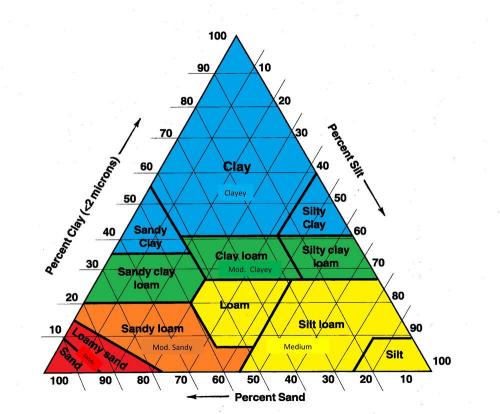pone31 said: When amending a clay loam soil to be sandy loam, for use in a garden bed, what kind of sand should be used?
My understanding is that this isn't something that should be attempted.
Maybe talk to us about what plants you intend to grow.
My personal experience is that clay will grow most things better than sand, due to the ability of clay to retain moisture and nutrients.
There are plants that will not grow in clay...
For those specific plants, you would probably have better results by building a bed on top of the clay and filling with sand...
Incorporating sand into the clay seems doomed from the start...
Everything I've read about mixing the two seems like it would be contraindicated.
Edit:
I just read your previous post about clay raised beds...
Ok... I'd read it previously... didn't really have much to contribute to a post that seemed directed specifically at
@tapla
We probably need specifics here before we'll be able to provide information that will help you.
I can't tell if you are interested in theory, or in growing something.
To give you some specific results that I experienced...
I once did some gardening in some very sticky clay.
I got immediate results by turning the garden into raised beds... No borders were required...
As long as I was adding organic material, results were good... But the clay remained sticky.
When I brought in some manure that had sand mixed in... the results were not what you would expect... Instead of turning friable, the beds kind of hardened.
But... maybe your results will differ... be sure to take lots of pictures.
